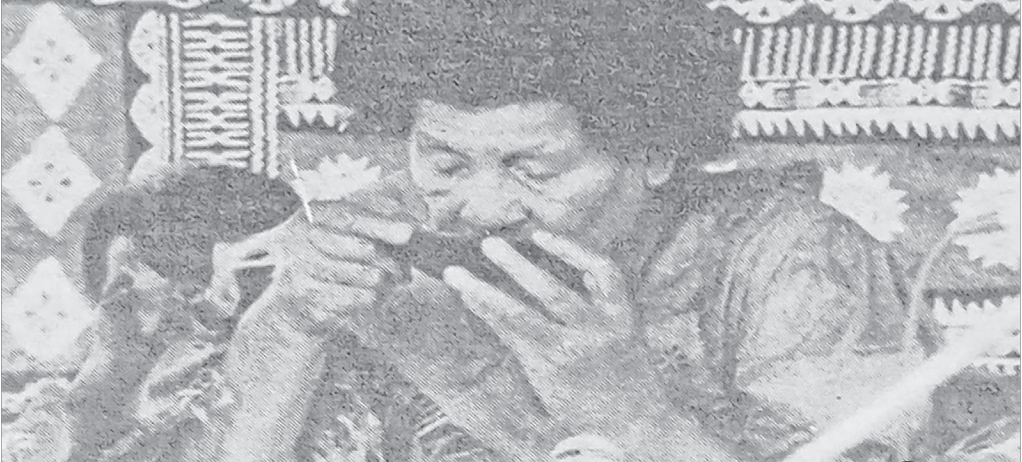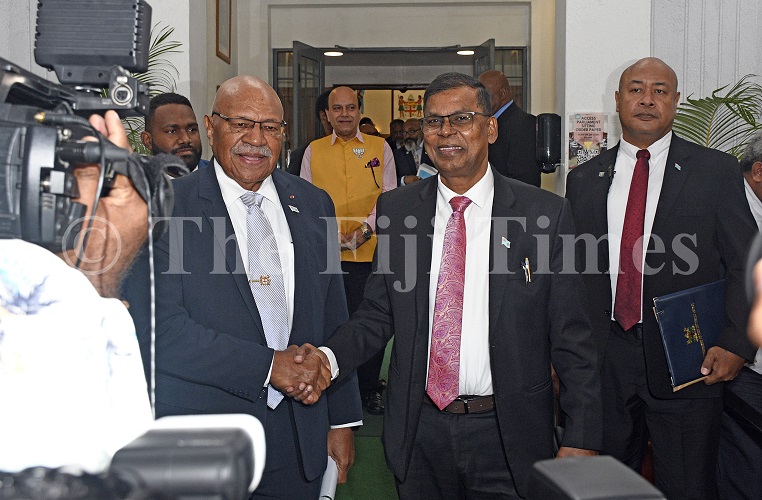On November 4, 1988, Bulou Eta Vosailagi, the 75-year-old sister of the late Ka Levu, Ratu Imanueli Vosailagi, was ceremonially installed as the Ka Levu and paramount chief of Nadroga.
This was the opening statement in an article published by The Fiji Times the following day.
A few weeks before, her nephew, Ratu Sakiusa Makutu, was also installed as Ka Levu by a rival group.
These rivals claimed it was to be referred to the Native Lands Commission (NLC) to determine who the rightful claimant to the title was.
The Nadroga kingmakers, the chiefly Yavusa of Louvatu, had decided to petition the NLC for an investigation and decision.
Supporters of both chiefs had failed to compromise on the issue after earlier attempts by both parties to agree on who should be the Ka Levu, a position that had been left vacant for more than five years.
The last Ka Levu, Ratu Imanueli Vosailagi, had succeeded Ratu Sakiusa’s father, Ratu Tevita Makutu, who died in 1970.
Ratu Imanueli Vosailagi died in 1982 and the title had been vacant since with Bulou Eta temporarily acting as the Ka Levu.
Nadroga chief and a member of the chiefly clan, Ratu Osea Gavidi, said after the ceremony on November 4 that the usual practice in Nadroga was that in the case of a dispute, no one should be installed.
But when Ratu Sakiusa Makutu was installed by a group of Nadroga people in October 1988, supporters of Bulou Eta Vosailagi decided to go ahead with the chiefly installation.
“Now, we have to petition the Native Land Commission to hold a formal and legal inquiry to settle the matter once and for all,” Ratu Osea said.
“The NLC is legally empowered and required to intervene in this kind of dispute under the Native Lands Act.”
Ratu Osea said the formal inquiry by the NLC would give Ratu Tevita Makutu’s supporters a “fair hearing” and a chance to present their case.
The chiefly title had alternated between the Makutu and Vosailagi families for many years, ever since the days of the late Ratu Tevita Makutu, Ratu Sakiusa’s grandfather and his younger brother Ratu Timoci Vosailagi.
When Ratu Tevita died, Ratu Timoci was installed.
When Ratu Timoci died, Ratu Tevita Makutu (Ratu Sakiusa’s father) became the Ka Levu.
When he died in 1973, his cousin, Ratu Imanueli Vosailagi, took over until he died in October, 1982.
The post had been vacant since.
But Bulou Eta Vosailagi had been given the authority to carry out the duties, although she was not traditionally installed.
Supporters of Ratu Makutu argued that since the title had been alternated between the two families, a descendant of Ratu Tevita should become the Ka Levu since the last one was a Vosailagi.
Bulou Eta’s name was endorsed by the 31 chiefs of Nadroga and Navosa, most of whom were there at the ceremony on November 4.
Ratu Sakiusa Makutu was not at the proceedings on the village green in Cuvu that was witnessed by at least 800 people.
Several chiefs from the Western Division were also present.
The president of the Methodist Church in Fiji, Reverend Josateki Koroi, blessed the installation, with a short church service which had included prayers for the new chief.
He emphasised on Bulou Eta Vosailagi after she was traditionally given the title and authority to be the Ka Levu, the importance of her duties to her people, the church and the nation.
Bulou Eta later thanked the people for their confidence in her and vowed to carry out her responsibilities as required of her.
The ceremony was performed by members of the Tokatoka Navatanitawake, after formal approval by the chiefs.
A member of the tokatoka, Ratu Osea Nalasibukubuku, had said earlier they had nothing against the young chief, Ratu Sakiusa Makutu. But they wanted Bulou Eta, 75, to hold the title because she had carried out the duties of the Ka Levu ever since her brother died in 1982.
Many people felt she had the experience to carry out the performance of the chiefly duties while Ratu Sakiusa Makutu, at 41, still had time on his side to learn more about chiefly responsibilities.





